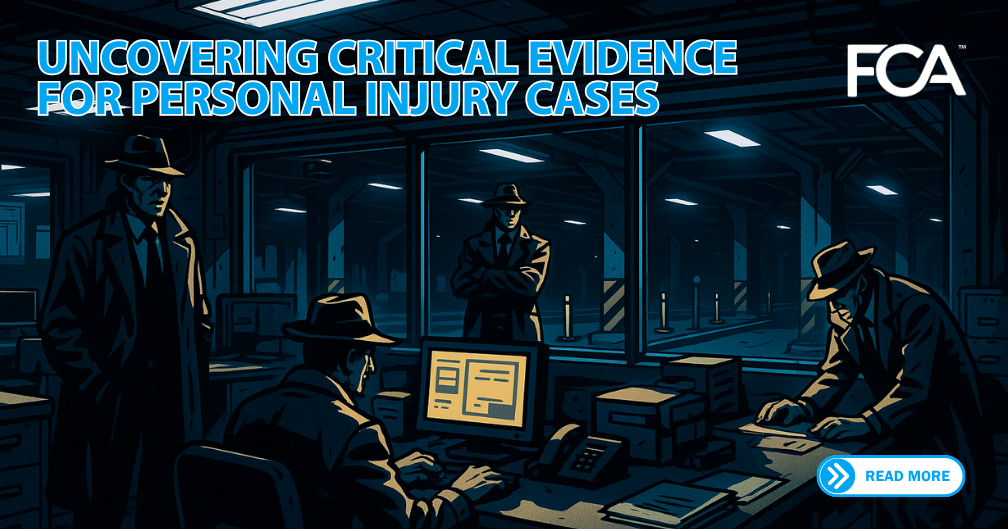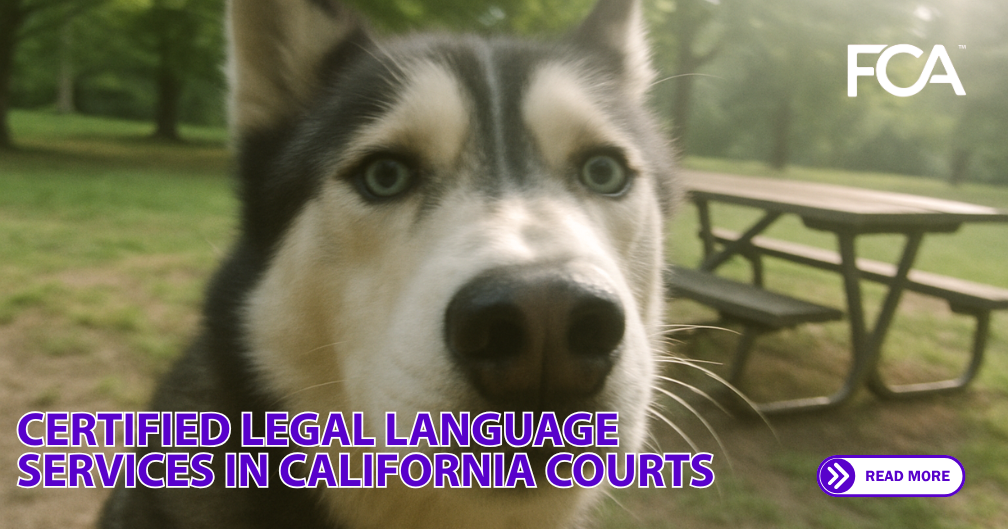Every personal injury case depends on proof. Without strong evidence, even a valid claim can weaken quickly.
Evidence not only strengthens the injured party’s story, it also convinces insurers and courts to take the claim seriously. The difference between a fair settlement and a denied claim often comes down to what evidence the victim presents.
This article explains the types of critical evidence in personal injury cases, how to gather it effectively, and the legal strategies that help victims recover maximum compensation.
Why Evidence Matters in Personal Injury Cases
Evidence is the foundation of any accident claim. Courts and insurance companies do not rely on statements alone; they need proof that shows what happened and why.
When victims present strong case evidence, they establish liability, damages, and credibility in ways that words cannot.
For example, medical records can directly link an injury to the accident, while accident reports provide a timeline that supports the victim’s account.
On the other hand, if evidence is missing or poorly documented, insurers may dispute the claim, leaving the victim with less than they deserve. In personal injury cases, evidence is not optional; it is essential.
Types of Critical Evidence in Personal Injury Claims
Different types of evidence play unique roles in strengthening an injury case.
- Physical Evidence: Items such as damaged vehicles, broken personal property, or torn clothing can visually show the force of an accident.
- Medical Records: These records are among the most powerful pieces of evidence. They detail diagnoses, treatments, and long-term effects of injuries. According to the CDC, over 24 million people visit emergency departments annually for unintentional injuries, which highlights how critical accurate medical documentation is in proving harm.
- Accident Reports: Police or incident reports provide objective accounts of what happened. They often include diagrams, witness names, and officer assessments of fault.
- Witness Statements: Credible third-party accounts can confirm what victims experienced, providing details that support their story.
- Expert Testimony: In complex cases, specialists like accident reconstruction experts or medical professionals can explain how the evidence connects directly to the injuries.
Together, these forms of evidence create a strong foundation for proving both fault and damages in an injury claim.
Gathering Evidence for Accident Cases
Timing makes a huge difference in gathering evidence for accident claims. Victims who take immediate steps often preserve the most valuable proof. Photos of the accident scene, witness contact information, and property damage should be collected as soon as possible.
Evidence that is not preserved early can disappear quickly. Skid marks on a roadway may fade, and witnesses may forget important details. Attorneys often step in to conduct a legal investigation, which may include collecting surveillance footage, obtaining black box data from vehicles, or securing additional expert analysis.
The sooner victims begin gathering evidence, the stronger their case becomes. Waiting can create gaps that insurers use to dispute or minimize claims.
Proving Fault in Injury Claims
One of the most important roles of evidence is proving fault. In California, personal injury cases often rely on comparative negligence, meaning both parties may share some level of responsibility. Strong evidence helps establish a clear picture of liability.
Accident reconstruction reports, for example, can demonstrate vehicle speeds or traffic violations. Medical evidence can show that the injury aligns with the reported impact. Consistency between the victim’s account and the collected evidence leaves insurers with little room to dispute the claim.
By presenting clear case evidence, victims increase their chances of showing negligence and securing compensation.
Legal Strategies for Injury Victims
Attorneys use evidence to develop strategies that maximize compensation. They combine medical records, expert testimony, and supporting documents for personal injury claims to build a strong case. This approach often encourages insurance companies to settle fairly without going to trial.
For example, pairing a doctor’s testimony with diagnostic imaging makes it difficult for insurers to argue against the severity of injuries. Similarly, presenting organized evidence during negotiations signals that the plaintiff is prepared to take the case to court if needed.
When evidence is thorough and credible, legal strategies for injury victims become more effective, leading to larger settlements and stronger results.
What You Should Know
Critical evidence in personal injury cases can mean the difference between a fair settlement and an undervalued claim. From medical records to expert testimony, every piece of proof strengthens the injured party’s position.
Victims who act quickly to gather evidence and work with experienced legal professionals put themselves in the best position to succeed.
When accident claims are supported with strong case evidence, injury victims not only prove fault but also protect their rights to maximum compensation.
Who is Fund Capital America?
Since 2006, Fund Capital America (FCA) has been a trusted leader in pre-settlement funding, providing cash advance loans to plaintiffs in personal injury and accident cases. Over the years, FCA has proudly served thousands of law firms and tens of thousands of clients, helping them navigate the financial challenges of litigation. While our core service is pre-settlement funding, we also offer a comprehensive range of services to support law firms and their clients from the beginning of the case to the final settlement check distribution.
Fund Capital America’s Services
In addition to pre-settlement funding, FCA provides a broad array of services designed to alleviate the financial and administrative burdens on injury victims, law firms, and medical professionals. Our services include:
- Pre Settlement Funding
- Policy Limits
- Doctor & Medical Facility Directory
- Doctor & Medical Facility Scheduling
- Language Services
- Investigation Services
- Medical Legal Finance
- Surgery Funding
- Medical Lien Funding
- Law Firm Funding & Law Firm Banking Services
- Law Firm Line of Credit
- Medical Receivables Financing
- Law Firm Services
Get the Legal Funding Support You Need in Just 5 Minutes!
Here’s how it works:
Fill out our application form: It takes just 5 minutes to provide the necessary details about your case.
Get prequalified: Our team will review your application and get back to you swiftly, often within hours.
Need assistance? Call us at the number provided for immediate support from our knowledgeable staff.
Don’t let financial stress prevent you from focusing on your recovery. Apply now to secure your lawsuit cash advance!



